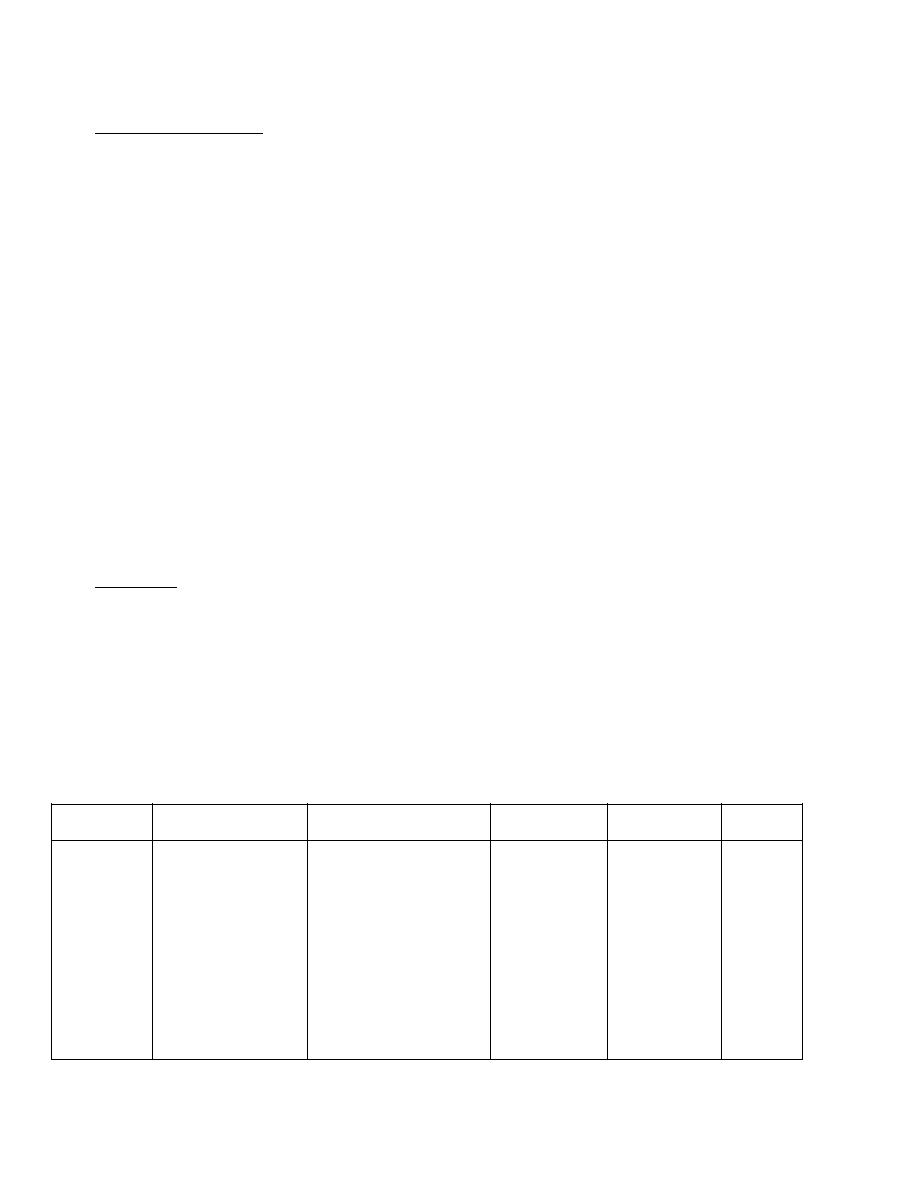
TM 10-5410-228-10
1.14 GENERAL - Continued.
NOTE
Over pressurization (positive pressure) is achieved by supplying a continuous, high volume of
air into the CBPS to maintain air pressure that is slightly higher than the outside, ambient
air pressure. This results in a continuous outward flow of air to the atmosphere through
vents and any leaks in the ABS, thus preventing the entrance of outside contaminants.
The pressure in the enclosure is measured on the NBC shelter pressure gage. It is referenced to the
atmospheric pressure by use of a pressure tap mounted on the power panel of the LMS. A
momentary drop in CBPS pressure may be experienced when the door is opened. Airlock
(differential) gages located at the entrance of the ABS are used to measure the pressure in the
ambulatory and TALP airlocks. To pressurize the ambulatory and TALP airlocks, air must flow
through the airlocks. This is accomplished by opening the outer and inner door flaps. Opening the
flaps also controls over pressurization within the ABS enclosure. A connector on the power panel
allows for the connection of an external Chemical Agent Monitor (CAM) for monitoring biological
contaminants. If contaminants are detected, the NBC fan will automatically turn on. NBC
recirculation filter fans, provided as on-board components of the CBPS, are critical to cleansing the
air of contaminants in the ABS enclosure when personnel enter or exit the ABS and must be
connected to the receptacle panel. A hand-held CAM/ICAM, provided with the system, will be used to
detect any contamination prior to entry through either the TALP or ambulatory airlocks.
Section IV. MODES OF OPERATION
1.15 GENERAL.
The amount of fuel that is consumed by the CBPS system during operation varies according to what power
source is being used as well as the load on the system. The noise level also varies. Minimum fuel is
consumed when the heater and air conditioner are not being used, ECV is off and generator is used only for
electrical power. CBPS fuel consumption is as follows:
Internal Power (ECV):
External Power (TQG):
NBC mode 2.0 GPH
NBC mode 1.3 GPH
Non NBC 1.6 GPH
Non NBC 0.5 GPH
Table 1-1. CBPS System Capabilities
Power
Air
Conserve
Source
Mode
Heat
Conditioning
Reduce Noise
Fuel
Inside - No
ECV
Non-NBC (Good for
Full capability (Need
Full
No
Outside - No
all environmental
TQG running when
capability
temp is below 20F.)
conditions.)
Inside - No
ECV
NBC (Good for all
Full capability
Full
No
Outside - No
environmental
capability
conditions.)
Inside - Yes
10 kW TQG
Non-NBC (Good for
Low capability (2.5 kW)
Partial
Yes
50F to 110F.)
Outside - Yes
capability
Inside - Yes
None
None
Yes
10 kW TQG
NBC (Good for
Outside - Yes
comfortable
environmental
conditions only.)
1-22


